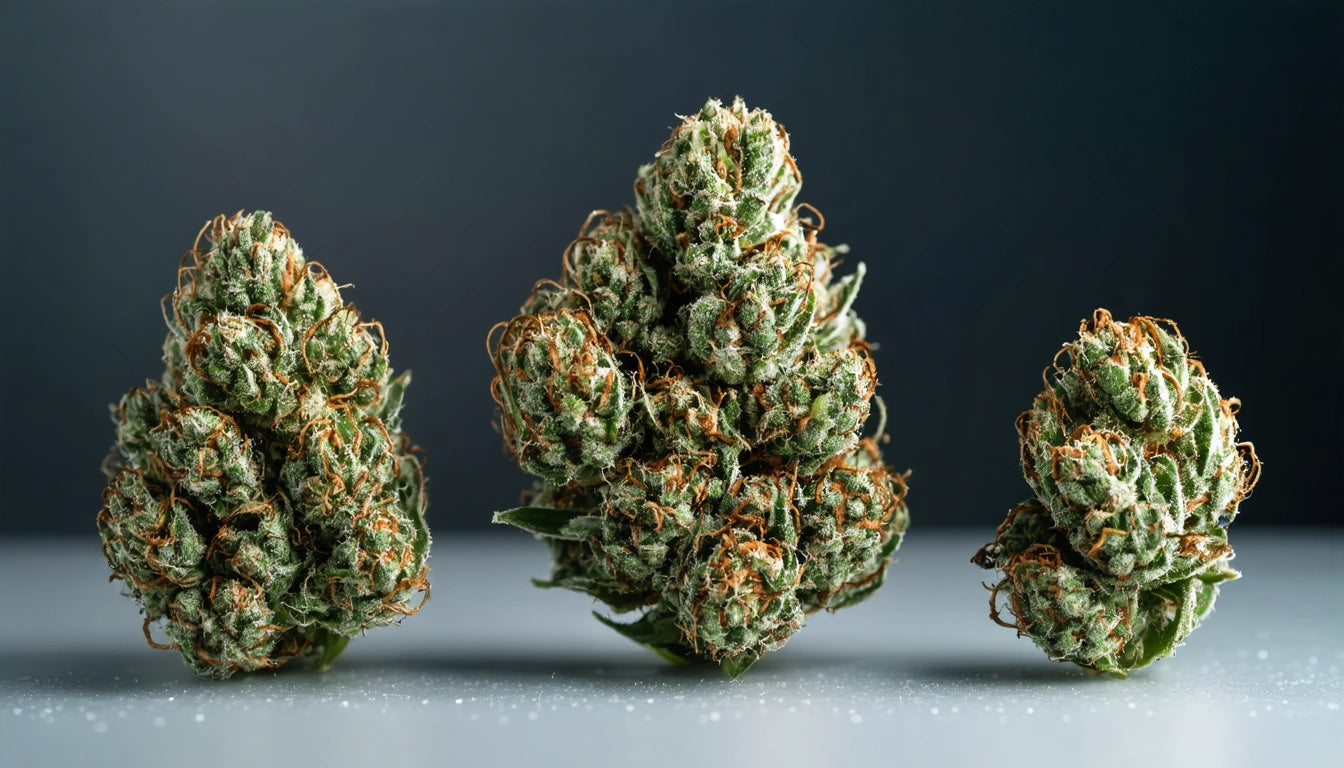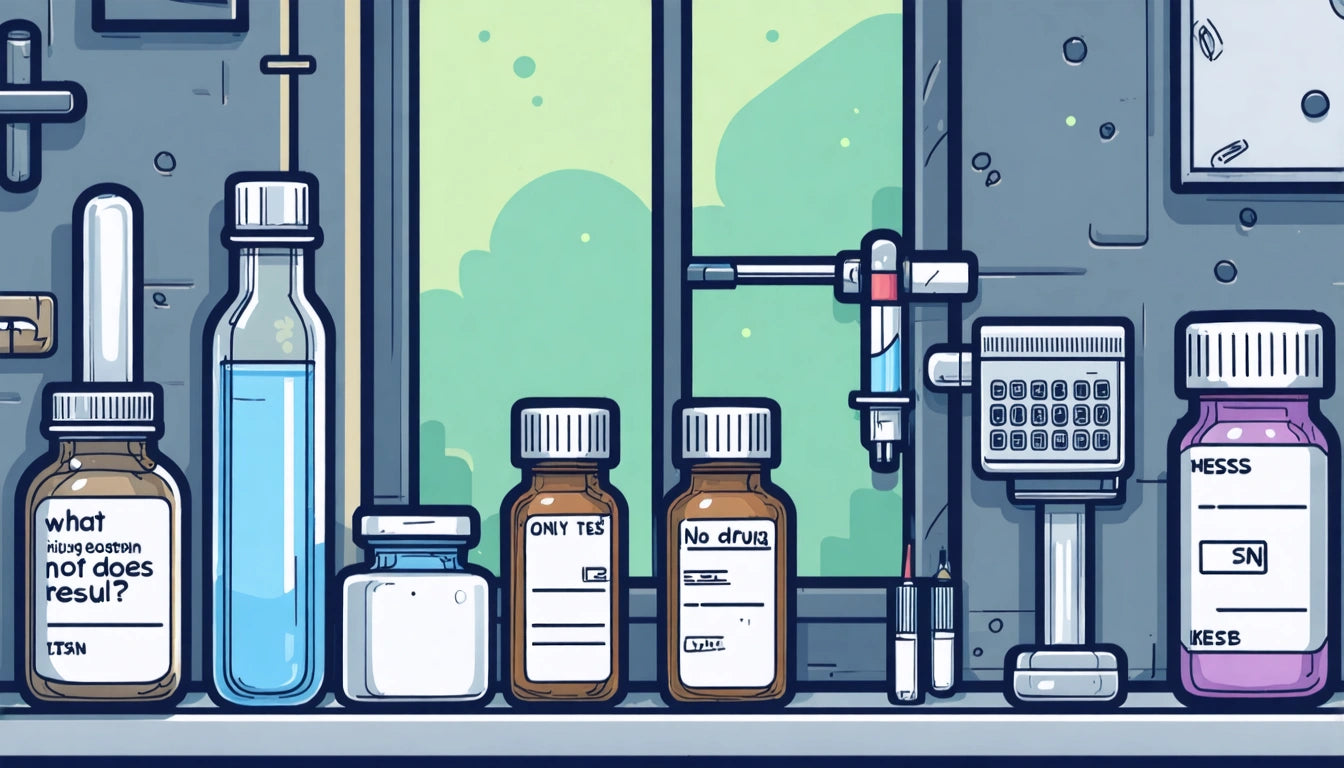Table of Contents
- Understanding Drying vs Curing: Why Both Matter
- Proper Drying Techniques for Quality Buds
- The Curing Process: Patience for Perfection
- Quick Drying Methods When Time is Limited
- Preventing Overdrying: How to Keep Buds Fresh
- Bud Washing: A Pre-Drying Step for Cleaner Cannabis
- Storage Solutions for Perfectly Cured Cannabis
The Ultimate Guide to Drying and Curing Bud: Methods, Tips, and Techniques
Properly drying and curing cannabis buds is arguably as important as growing them. These final steps transform freshly harvested cannabis into a product with enhanced potency, flavor, and smoothness. Whether you're a beginner looking to understand the basics or an experienced grower seeking to refine your technique, this comprehensive guide covers everything from traditional methods to quick drying techniques.
Understanding Drying vs Curing: Why Both Matter
Many newcomers to cannabis cultivation confuse drying and curing or believe they're the same process. They are, in fact, distinct phases with different purposes:
- Drying: The initial removal of moisture from freshly harvested buds, typically taking 7-10 days. This process prevents mold growth and begins the breakdown of chlorophyll.
- Curing: The extended aging process (2-8 weeks) that occurs after drying, where buds are stored in controlled conditions to improve flavor, aroma, and potency.
According to cannabis curing experts, skipping either step can significantly reduce the quality of your final product. While drying makes cannabis usable, proper curing makes it exceptional.
Proper Drying Techniques for Quality Buds
The Ideal Drying Environment
To dry bud properly, you need to create and maintain specific environmental conditions:
- Temperature: 60-70 °F (15-21 °C)
- Humidity: 45-55%
- Airflow: Gentle, consistent circulation without direct fans
- Light: Minimal to none
The best way to dry bud involves hanging trimmed branches upside down in a dark, temperature-controlled room. This slow, methodical approach preserves terpenes and cannabinoids that can be degraded by heat or excessive air movement.
The Curing Process: Patience for Perfection
Once your buds are properly dried, the curing process begins. This is where quality glass containers with airtight seals become essential. The curing process involves:
- Placing dried buds in airtight containers, filling them about 75% full
- Storing containers in a cool, dark place (60-70 °F)
- Opening containers daily for the first week ("burping") to release moisture and replenish oxygen
- Gradually reducing burping to once every few days for the following weeks
For optimal results, secure your cured buds with quality jar caps that maintain an airtight seal throughout the curing process. The right storage containers make a significant difference in maintaining ideal humidity levels.
Quick Drying Methods When Time is Limited
While traditional drying and curing produce the best results, sometimes you need to know how to dry bud fast. Here are some quicker methods, though be aware they may sacrifice some quality:
Paper Bag Method
Place trimmed buds in a paper bag, fold the top, and store in a warm location with low humidity. Shake gently every few hours to rotate buds. This method typically takes 3-5 days.
Oven Method (Last Resort)
For the fastest results, place buds on a baking sheet in an oven at the lowest possible setting (under 150 °F/65 °C) for 10-15 minutes, checking frequently. While this achieves basic dryness, it significantly degrades terpenes and overall quality.
According to quick-drying experts, these methods should only be used when absolutely necessary, as they bypass the important chemical processes that occur during proper drying and curing.
Preventing Overdrying: How to Keep Buds Fresh
Learning how to keep bud from drying out is crucial for long-term storage. Once cannabis becomes too dry, it loses potency, flavor, and becomes harsh when consumed. Prevention methods include:
- Using humidity control packs (58-62% RH) in storage containers
- Storing in appropriate containers (glass jars with airtight seals)
- Keeping storage containers in a cool, dark place
- Monitoring humidity levels regularly
If your buds have already become too dry, you can rehydrate them slightly using humidity packs or by adding a small piece of fresh orange peel to the container for a few hours (monitoring closely to prevent mold).
Bud Washing: A Pre-Drying Step for Cleaner Cannabis
Bud washing is becoming increasingly popular, especially for outdoor-grown cannabis. This process involves gently washing freshly harvested buds to remove contaminants before drying. A basic bud wash involves:
- Preparing three buckets: one with water and lemon juice/baking soda, one with clean water, and one with just clean water
- Dipping branches in each bucket sequentially for 30 seconds each
- Gently shaking off excess water
- Proceeding to dry as normal
This extra step can remove dust, insects, and environmental contaminants without harming trichomes when done correctly.
Storage Solutions for Perfectly Cured Cannabis
The journey doesn't end once you've mastered how to dry and cure bud. Proper storage maintains the quality you've worked so hard to achieve. Long-term storage best practices include:
- Using UV-resistant glass containers with airtight seals
- Including humidity control packs to maintain optimal moisture levels
- Storing in a cool (60-70 °F), dark location
- Minimizing exposure to air, light, and temperature fluctuations
- Avoiding plastic containers which can create static and damage trichomes
When properly dried, cured, and stored, cannabis can maintain its quality for a year or more, with some connoisseurs aging certain strains like fine wine for enhanced flavor profiles.
Whether you're a home grower or small-batch producer, mastering the art of drying and curing transforms good cannabis into great cannabis. While quick-drying methods exist for emergencies, the time invested in proper drying and curing pays dividends in quality, potency, and user experience.











Leave a comment
All comments are moderated before being published.
This site is protected by hCaptcha and the hCaptcha Privacy Policy and Terms of Service apply.